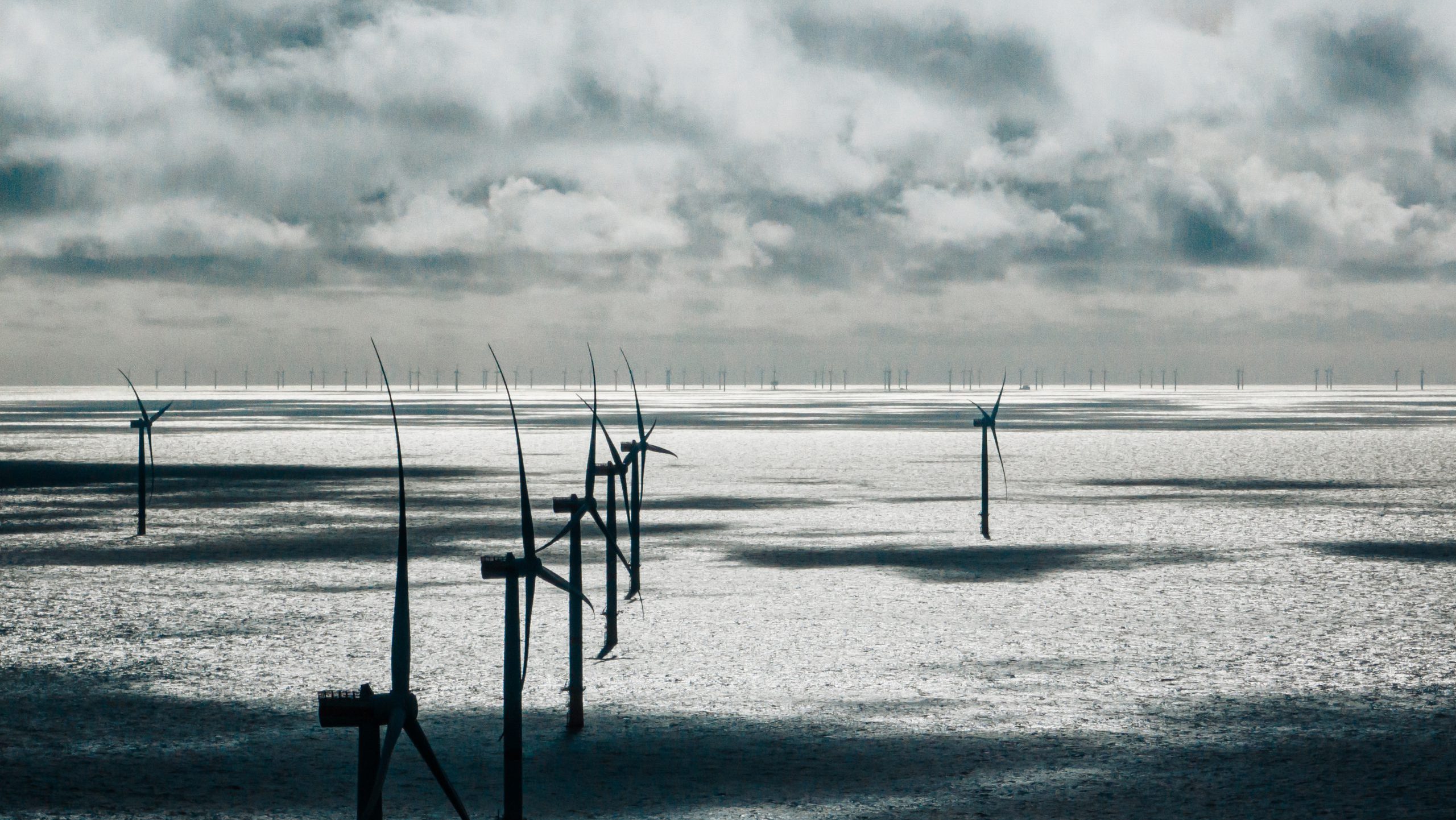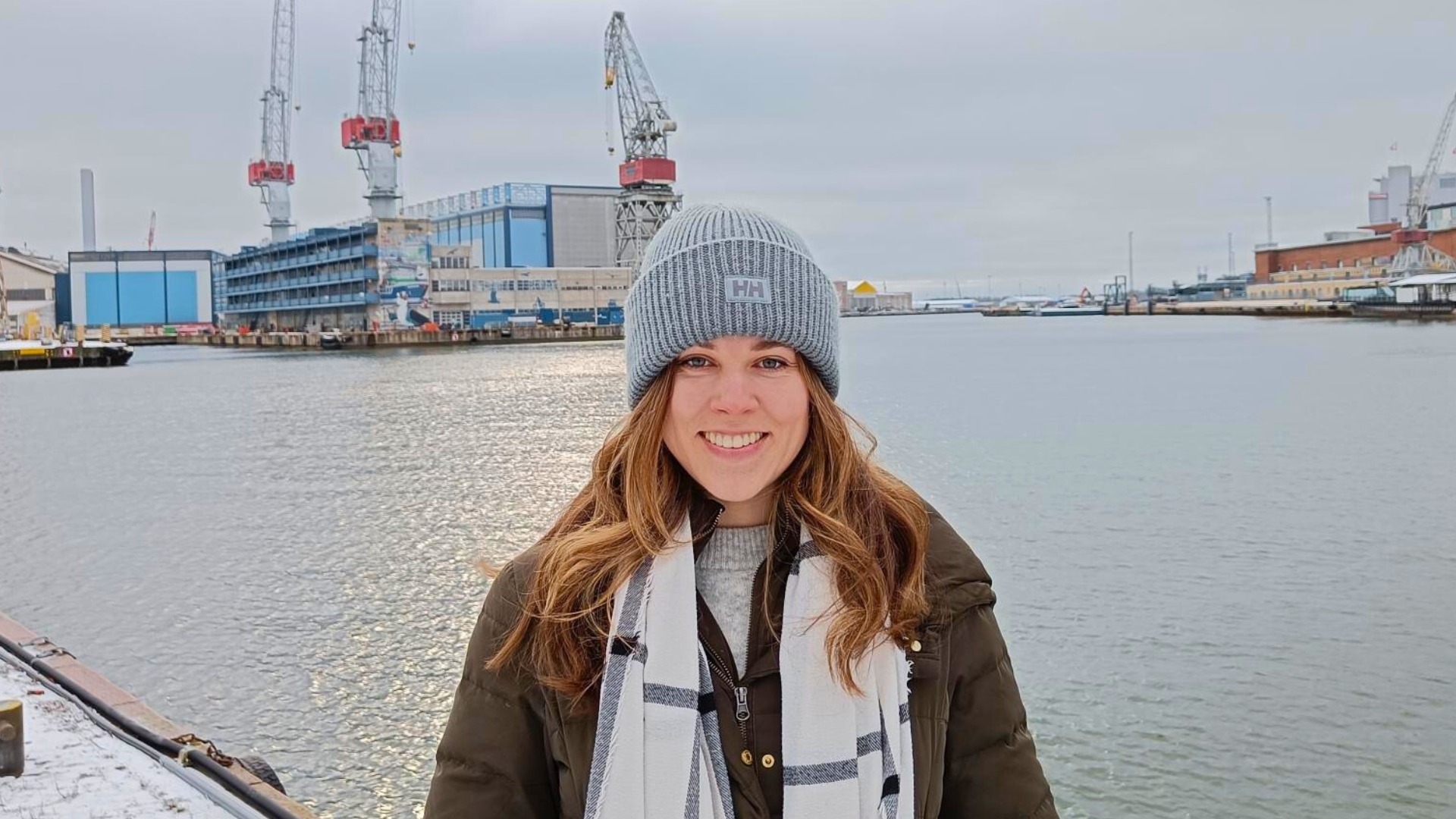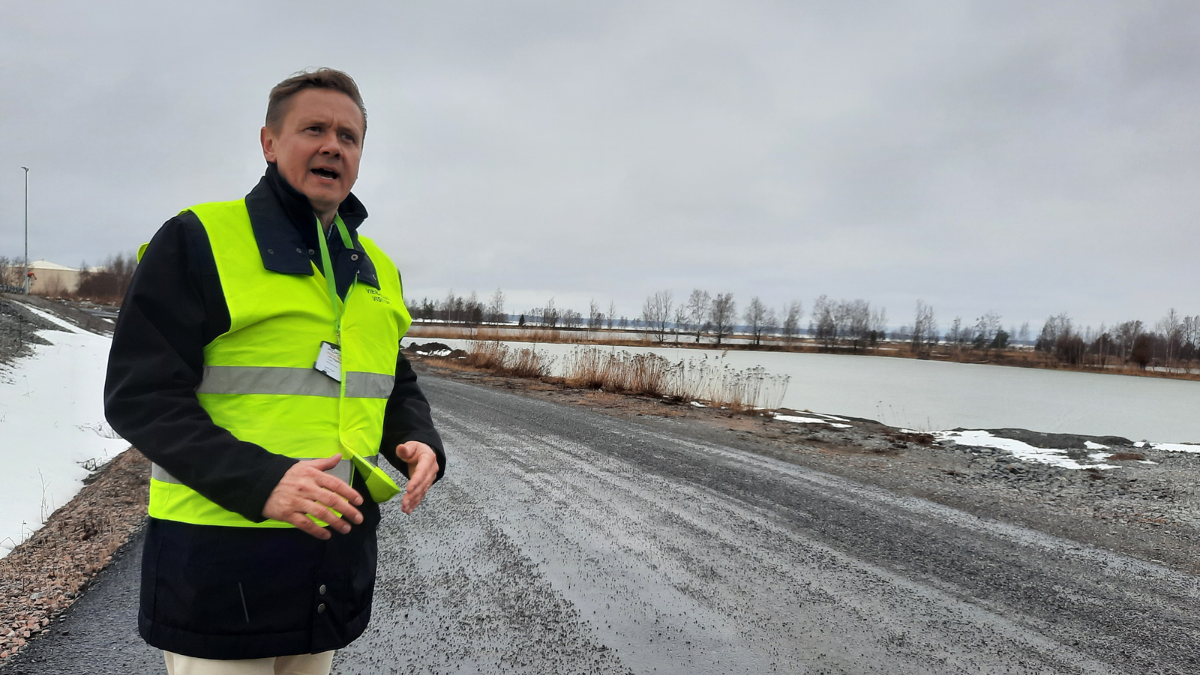Imagine being able to predict how different energy systems will perform before they’re even built. That’s exactly what energy modelling does. At its core, energy modelling is a digital simulation that helps us design, optimise, and plan energy systems in a way that balances cost, reliability, and sustainability.
As we transition toward renewable energy, the complexity of our energy networks increases. Energy modelling breaks down these complexities, offering clear and actionable insights for everyone – from policymakers to project developers. At Flexens, we see every day how powerful these tools are in turning bold ideas into practical, sustainable energy solutions.
Why Energy Modelling is Key to the Energy Transition
The shift from fossil fuels to renewable energy goes beyond simply replacing one power source with another. It’s about creating systems that are resilient, efficient, and designed to seamlessly integrate intermittent energy sources like wind and solar. Energy modelling helps us answer critical questions, such as:
- How much renewable energy can we realistically integrate into the grid?
- What intermittent electricity is reasonable to store versus curtail, helping identify cost-effective and efficient storage solutions?
- How shifting energy use to the right times can help balance supply and demand, while keeping energy waste to a minimum?
- How can industries and municipalities meet their sustainability goals without compromising on reliability?
Energy modelling helps us explore these scenarios, ensuring that every investment in renewable energy delivers maximum impact. It’s like making a sophisticated, data-driven assumptions and drawing conclusions from optimised results instead of just guessing. Energy modelling allows us to efficiently explore multiple scenarios, even with the uncertainties around renewable energy – such as fluctuating costs, evolving policies, intermittent energy production, and technical challenges.
Diverse Applications: From Power Systems to Sector Coupling
Energy modelling adapts to the unique challenges and opportunities across different sectors. Here are a few examples:
- Power Systems: Whether it’s integrating renewable energy sources like wind and solar into the grid or optimising storage solutions, energy modelling ensures that power systems are efficient and resilient. For example, modelling can predict how energy demand fluctuates hourly or seasonally, allowing operators to match supply and demand seamlessly.
- Sector Coupling: Energy modelling enables us to co-optimise across sectors like power, gas, and heat, ensuring systems work together efficiently. For example, hydrogen storage can be aligned with electricity generation, while waste heat from electrolysers can be used to meet district heating demand. This integrated approach improves accuracy, maximises resource efficiency, and unlocks the full potential of renewable energy solutions.
- Energy Planning from Municipalities to Countries: From designing district heating systems to planning renewable energy systems for villages, entire cities or even countries, energy modelling supports governments in meeting their ambitious climate goals regardless of the size of the community.
- Maritime and Ports: Reducing greenhouse gas emissions in maritime transport requires ports to play a key role in electrification and the transition to low-carbon and renewable energy. Energy modelling helps optimise energy flows and infrastructure, supporting efficient and sustainable port operations.
Each of these areas presents unique challenges, but energy modelling gives us the tools to turn those challenges into opportunities.

A Personal Take: Why We Love What We Do
At Flexens, we consider energy modelling to be a critical cornerstone of our work, supported by our dedicated in-house team of experts. Each project we undertake presents an opportunity to address complex challenges while fostering collaboration with stakeholders committed to sustainability.
Over the years at Flexens, we’ve developed energy models for a wide range of use cases. These include large-scale societal transition models, covering electricity generation, district heating, traffic, demand response, and energy storage. We’ve also created project-specific hydrogen models, focusing on energy sourcing and PPA optimisation, asset sizing, and policy alignment.
It’s incredibly rewarding to see how these models transform complex challenges into practical, real-world solutions. Now, as the energy transition unfolds, the need for this expertise and knowledge is greater than ever. Whether you’re looking to transition to renewables or seeking to decarbonise operations, energy modelling is your roadmap to success. It’s about making smarter decisions, minimising risks, and maximising the potential of renewable energy.
If you’d like to learn how energy modelling can unlock new possibilities for your project, I’d be happy to have a conversation. Let’s explore how we can support your journey toward sustainability.
Contact
Edvard Nordlund, Head of Commercial & Energy Modelling Specialist at Flexens
+358 (0) 457 344 5900
edvard.nordlund@flexens.com









